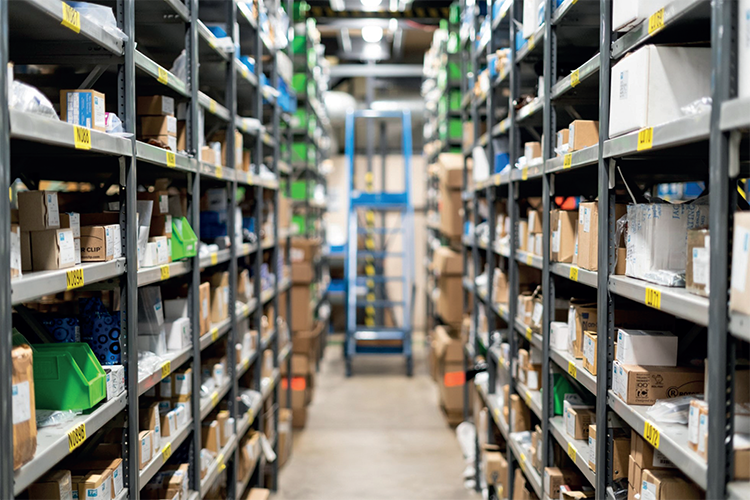
Local vs global
Britain is the main source of imports for Ireland, making up more than 20 percent in 2018 and 2019, despite uncertainty around the UK’s departure from the EU, according to the Central Statistics Office. With many Irish firms reporting delays to their supply chains in 2021, manufacturers in the region are looking for ways to remove risk from their component supply. Here Andrew Barnes compares working with a local vs global supplier.
Ireland is a manufacturing powerhouse, with more than 32 percent of its GDP accounted for by manufacturing, compared with the European average of 15 percent, according to IDA Ireland. However, 2021 presented many challenges to Irish manufacturers’ supply chains and 2022 promises more of the same. Shortages on supermarket shelves, factories waiting on materials and hold-ups at borders have put pressure on businesses to reconsider their approach to supply chain management. Naturally, worries about the supply chain are at the forefront of business leader’s minds — supply chain hurdles must be overcome for recovery to be successful.
Covid-19 highlighted the importance of the domestic supply chain, particularly for essential medical products like ventilators and personal protective equipment (PPE). Considering that Ireland is one of the largest exporters of medical products in Europe, with annual exports exceeding €12.6 billion, its importance cannot be downplayed — global health depends on Ireland’s access to technical components.
Considering your options
One key question to consider when turning to a new supplier is whether to look locally, or globally. There are clear advantages to working with a local supplier with feet on the ground, including local knowledge and the ability to form a close working relationship. On the other hand, you may miss out on the latest technology and the local supplier may not be able to negotiate a bulk-buying discount or meet the minimum order level in the way a global company could. Access to a global market can also help support rapid growth and drive continuous improvement.
When choosing a new partner for supply chain management, what it really comes down to is trust. The stakes are extremely high — stock availability can make or break a manufacturing business, because without a reliable supply of the required components, manufacturers face reputational damage and downtime. On the flipside, overstocking components due to a lack of confidence in their availability brings problems with cash flow and storage.
The best of both worlds
To reap the rewards of both approaches, it might seem plausible to work with a local supplier for some components and a global one for others. However, working with multiple vendors introduces more paperwork — more invoicing, more admin and more work for procurement teams. These soft costs add up, creating a more time consuming, as well as more expensive approach.
One solution is vendor managed inventory (VMI), where a single supplier takes responsibility for the procurement and delivery of a broad range of components. VMI also means there is not always a need to choose between the two approaches; some supply chain businesses can think locally but act globally. TFC, for example, has a global network of suppliers that means it can procure and supply high-quality parts. The components are then supplied from domestic depots, minimizing the risk of disruption.
Andrew Barnes is area sales manager for Ireland at TFC, one of the leading suppliers of engineering products in Europe, with an unrivalled reputation over 50 years for providing exceptional design development, the best components and bespoke production line inventory solutions, all from one organization. Its customers experience exemplary customer service and added value technical solutions to help them achieve breakthroughs in product advancement, innovation and significantly raised standards of manufacturing efficiency.
www.tfc.eu.com